Industrial Gravity Casting Solutions
The automotive industry is the largest consumer of casting technology, driven by the increasing demand for vehicles and advancements in manufacturing processes. As energy efficiency and environmental concerns intensify, automakers focus on reducing vehicle weight to improve fuel economy and reduce emissions. This focus on lighter, more durable components has shifted toward advanced materials such as aluminium and magnesium alloys, replacing traditional steel in key automotive components.
Gravity Die Casting in Automotive Manufacturing
Gravity die casting has become an essential method for producing aluminum alloy components in the automotive industry. This process is favoured for its high productivity, clean working environment, smooth surface finish, and dense internal structure. It is widely used in industrialized nations such as the U.S., Japan, the U.K., Germany, and Italy to manufacture crucial automotive parts like engine blocks, cylinder heads, intake manifolds, and pistons. In recent years, Chinese manufacturers have also adopted advanced gravity casting technologies, positioning themselves as global leaders in the aluminum casting market.
What is Gravity Die Casting?
Gravity die casting is one of the oldest and most reliable casting methods. It involves pouring molten metal into a permanent mold under the influence of gravity, without the need for external pressure. The process encompasses several techniques, including sand casting, metal mold casting, investment casting, lost wax casting, and shell casting. In its specific form, gravity die casting refers to the use of permanent molds, often made of steel or cast iron, to mass-produce high-quality cast parts.
The Evolution of Gravity Die Casting
Gravity die casting has evolved significantly over the years. It began with small, handcrafted molds made from disposable materials, where molten metal was poured into the molds. In the 1800s, the development of permanent molds made from cast iron and steel revolutionized the industry. Initially, this innovation was applied in the printing industry, enabling mass production of high-quality and precision castings. Over time, gravity die casting became essential in automotive, aerospace, and medical manufacturing industries, where repeatability and precision are paramount.
Design Considerations for Aluminum Alloy Gravity Casting
The design of the aluminum alloy gravity casting process plays a crucial role in ensuring high-quality results. Several key factors need to be carefully considered to optimize the casting process, including the pouring position, gating system, mold temperature control, and mold structure.
1. Pouring Position and Gating System
The pouring position is a critical design element because it determines the mold’s filling process. Proper pouring position minimizes defects like shrinkage porosity and ensures the casting solidifies sequentially, enhancing casting yield. The gating system, responsible for guiding the molten metal into the mold, must be carefully designed to avoid issues such as turbulence, gas entrapment, and oxidation. An optimized gating system facilitates smooth molten flow, promotes proper solidification, and helps remove slag and gas, ensuring casting quality.
2. Sand Core Positioning and Mold Temperature
Correct positioning of sand cores is essential for maintaining the dimensional accuracy and structural integrity of the mold during pouring. These cores must withstand the molten aluminum’s weight and allow effective gas venting. Additionally, controlling the mold’s temperature is crucial to manage the cooling rate and optimize solidification. Cooling systems, such as water or air cooling, may be used to maintain the mold’s working temperature, especially for larger or thicker parts, thus improving production efficiency and casting quality.
3. Mold Structure and Pouring Parameters
A well-designed mold structure is vital for ensuring precise dimensions and the easy removal of the casting. The mold must include features such as cooling channels, exhaust systems, and core positioning mechanisms. The material used for the mold, typically high-strength steels like H-13, must possess excellent thermal stability and toughness to withstand repeated use. Moreover, the pouring temperature and speed should be carefully controlled to ensure smooth flow, avoid defects like air inclusions, and achieve uniform solidification and cooling.
The Core-Making Process in Aluminum Alloy Gravity Casting
The core-making process is crucial when producing hollow sections or complex shapes in castings. In aluminum alloy gravity casting, three primary types of sand cores are used: hot cores, shell cores, and cold cores.
Hot Cores: This method involves mixing resin and sand, which is then heated to form a hard core. Careful control of temperature, pressure, and hardening time ensures dimensional accuracy and strength, ultimately improving casting quality.
Shell Cores: Shell cores are created by shooting shell sand into a heated core box. The temperature of the box plays a vital role in the quality of the core, and proper control of this temperature improves both production efficiency and casting precision.
Metal Mold Design and Material Selection
Effective metal mold design is crucial for ensuring high-quality aluminum alloy castings. Key design elements include the mold structure, gating systems, cooling channels, and mechanisms for mold extraction. These elements must be carefully planned to ensure reliable and repeatable production processes.
The selection of appropriate materials for the molds is equally essential. High-strength tool steels such as H-13 are often chosen due to their exceptional thermal strength, hardness, and toughness. These materials ensure that molds can withstand the demands of high-volume casting production, with a typical lifespan ranging from 30,000 to 60,000 cycles.
Gravity Casting vs. Pressure Die Casting
A key distinction between gravity die casting and other casting methods, such as pressure die casting (LPDC and HPDC), lies in how the molten metal fills the mold. In gravity die casting, molten metal is poured into the mold under the influence of gravity, while pressure die casting uses mechanical or hydraulic pressure to inject the metal into the mold. Gravity die casting is ideal for producing parts with less intricate filling requirements, while pressure die casting is better suited for high-volume production of parts with complex geometries or thinner walls.
Applications of Gravity Casting
Gravity die casting is most commonly used for non-ferrous alloys like aluminum, magnesium, zinc, and copper. This method is suitable for a wide range of applications, from automotive engine components to aerospace parts and medical devices. Its ability to produce complex geometries with high precision makes it an attractive choice for industries that require both reliability and precision.
Advantages of Gravity Die Casting
Gravity die casting offers several advantages over other casting methods:
Superior Surface Finish: The process produces smooth, high-quality surface finishes.
High Mechanical Properties: Castings exhibit fine grain size and low gas porosity, which contribute to improved strength and durability.
Dimensional Accuracy: Gravity die casting is known for producing parts with minimal variation and high accuracy.
Short Cycle Times: Compared to other methods, gravity die casting is relatively quick, making it ideal for moderate production runs.
Lower Tooling Costs: Compared to pressure die casting, gravity die casting requires lower tooling costs, making it more cost-effective for small to medium production volumes.
Disadvantages of Gravity Die Casting
While gravity die casting offers many benefits, it does have some limitations:
Higher Tooling Costs than Sand Casting: Tooling costs for gravity die casting are higher than for sand casting methods, although still lower than for pressure die casting.
Wall Thickness Limitations: This method is not suitable for parts with wall thicknesses thinner than 3mm to 5mm.
Unsuitable for High Melting Point Alloys: Gravity die casting is not typically used for alloys with high melting points, such as certain types of steel.


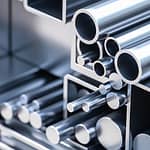
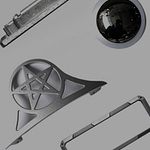
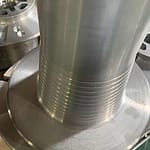
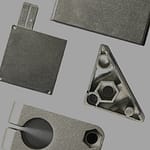
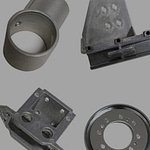
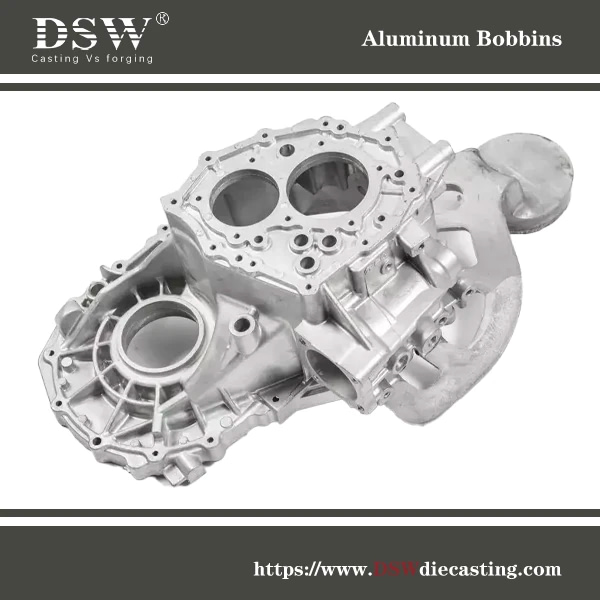
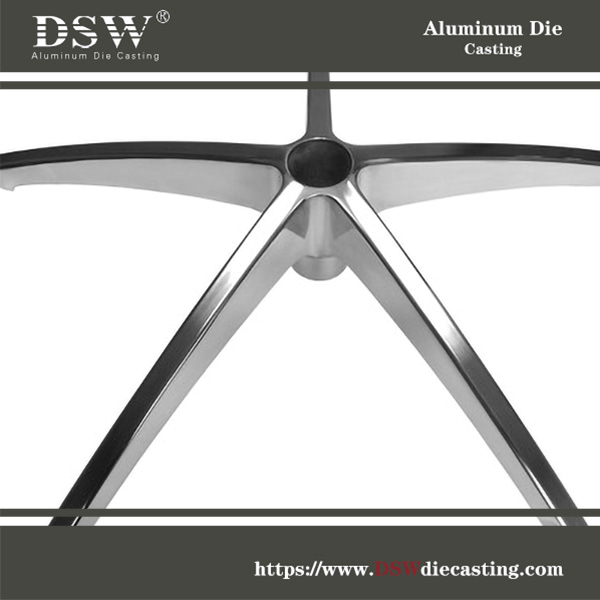
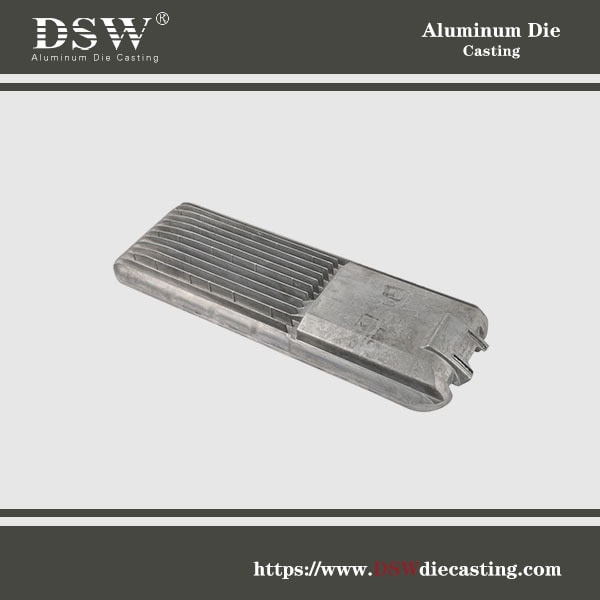
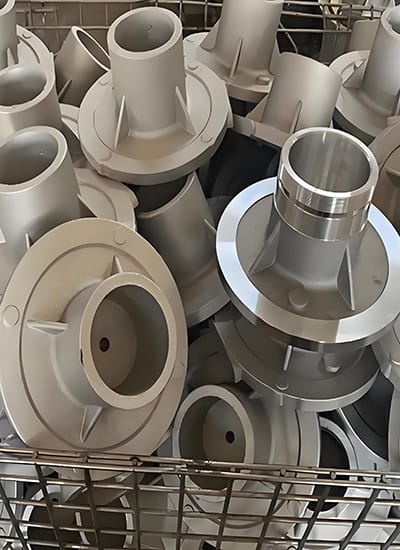
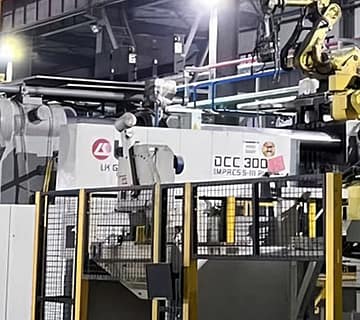


No comment